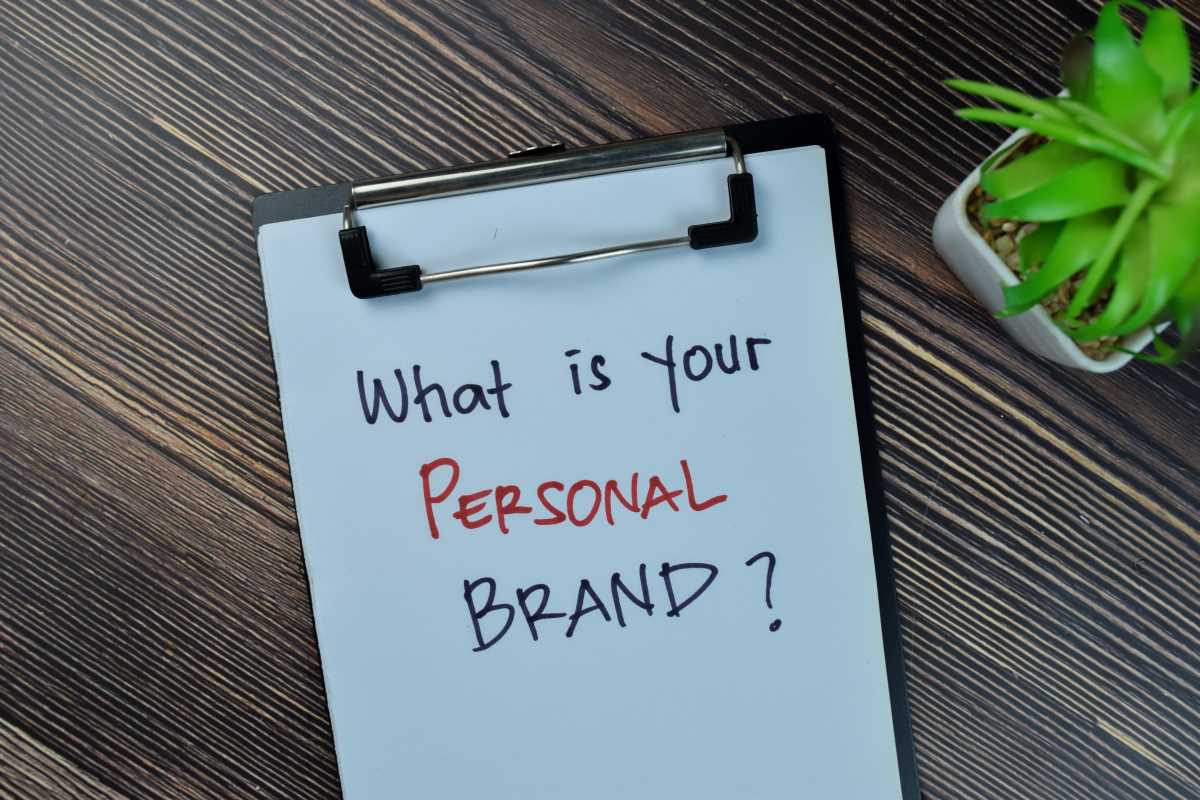Some of the biggest career breakthroughs don’t happen in a formal interview or at a structured networking event. They happen in the most unexpected places: in line for coffee, at a friend's birthday party, or during a chat with another parent at a soccer game. These everyday, casual conversations are goldmines of opportunity waiting to be discovered. The person you’re talking to might be looking to hire someone with your exact skills, or they might know someone who is. The key is learning how to spot these moments and gently guide a conversation toward your professional goals without sounding pushy or awkward. It's not about being a slick salesperson; it's about being a great listener, showing genuine curiosity, and being prepared to share your own story when the moment is right.
1. Master the Art of Listening
The single most important skill in turning a casual conversation into an opportunity is listening. Before you can even think about sharing your own goals, you need to understand the person you are talking to. People love to talk about themselves—their challenges, their successes, and their passions. Your job is to be genuinely interested.
When someone mentions their work, don't just wait for your turn to speak. Ask open-ended follow-up questions that encourage them to share more.
- Instead of just nodding when they say they work in marketing, ask: "That sounds interesting! What kind of projects are you working on right now?"
- If they mention a challenge at work, you could ask: "What's the biggest hurdle you're facing with that?"
By listening actively, you will start to hear potential openings. The other person might mention that their team is swamped, that they're trying to find someone with a specific skill, or that their company is expanding. These are the sparks of opportunity. You can only notice them if you are truly paying attention.
2. Prepare Your "Pocket Pitch"
You never know when an opportunity to talk about your professional life will arise, so you need to be ready. This doesn’t mean launching into a formal, rehearsed speech. It means having a short, simple, and interesting way to describe what you do or what you are looking for. Think of it as a "pocket pitch"—something you can pull out easily when needed.
Your pitch should be brief (under 30 seconds) and focus on the value you provide or the problem you solve.
- If you're a graphic designer, instead of saying, "I'm a graphic designer," try: "I help small businesses create brands that look professional and attract more customers."
- If you are a student looking for an internship, instead of "I need an internship," try: "I'm studying finance and I'm really passionate about learning how companies make smart investment decisions. I'm hoping to find a role where I can help a team with financial analysis."
This approach is more engaging and naturally leads to more questions, allowing you to elaborate further.
3. Find a Natural Bridge to Your Goals
The hardest part is often figuring out how to pivot from casual chat to professional topics without it feeling forced. The secret is to find a natural bridge based on what the other person has shared. It’s all about connecting your story to theirs.
Here are a few scenarios:
- If they mention a problem you can solve: Let's say they complain about how disorganized their company's files are. You could say, "It's funny you mention that. In my last role as an administrative assistant, I actually developed a new digital filing system that saved the team hours of work each week. I love creating order out of chaos."
- If they mention an industry you're interested in: They might talk about a new trend in the tech world. You could respond with, "I'm so fascinated by that. I've been teaching myself how to code on the side because I'm really trying to transition into the tech industry. You're the first person I've met who actually works in it!"
- If you can't find a direct link: You can use a broader, more general bridge. For example: "Speaking of busy schedules, I'm actually in the middle of a job search right now, which is a full-time job in itself! I'm looking for a role in [Your Field]."
The key is to make the transition feel like a relevant and logical next step in the conversation, not a sudden change of subject.
4. Focus on Asking for Advice, Not a Job
When you sense an opportunity, your first instinct might be to ask directly for a job or a referral. This can put the other person on the spot and make the situation awkward. A much more effective and comfortable approach is to ask for advice.
Asking for advice is flattering. It shows you respect their experience and opinion. It also opens the door for them to help you in a low-pressure way.
- Instead of: "Can you get me a job at your company?"
- Try: "You have such an interesting career path. I'm trying to break into that field myself. Do you have any advice for someone just starting out?"
- Instead of: "Can you introduce me to your boss?"
- Try: "I saw on LinkedIn that your company is hiring for a project manager. Based on your experience there, what are the most important skills they look for in that role?"
This approach often leads to the person offering to help more directly. They might say, "You know, you should really talk to my colleague, Sarah. Let me connect you two." By asking for advice, you let them come to that conclusion on their own.
5. Know When and How to Follow Up
You've had a great conversation and made a real connection. The final, crucial step is the follow-up. This is where you solidify the connection and turn a pleasant chat into a tangible part of your network.
The best way to do this is to ask for their contact information at the end of the conversation. You can say something like, "I've really enjoyed talking with you. Would you be open to connecting on LinkedIn?"
Then, within 24 hours, send a brief, personalized follow-up message.
- Reference your conversation: Start by reminding them of who you are and where you met. "It was great meeting you at Mark's party yesterday."
- Mention something specific: "I especially enjoyed our conversation about the future of renewable energy."
- Reiterate your ask (if you made one): "Thank you again for offering to share some advice on breaking into the industry. I'd love to take you up on that whenever you have a free moment."
- End with a simple closing: "Hope to talk again soon!"
This professional follow-up shows that you are organized, proactive, and serious about your career goals. It moves the relationship from a chance encounter to a deliberate professional connection.
 (Image via
(Image via





